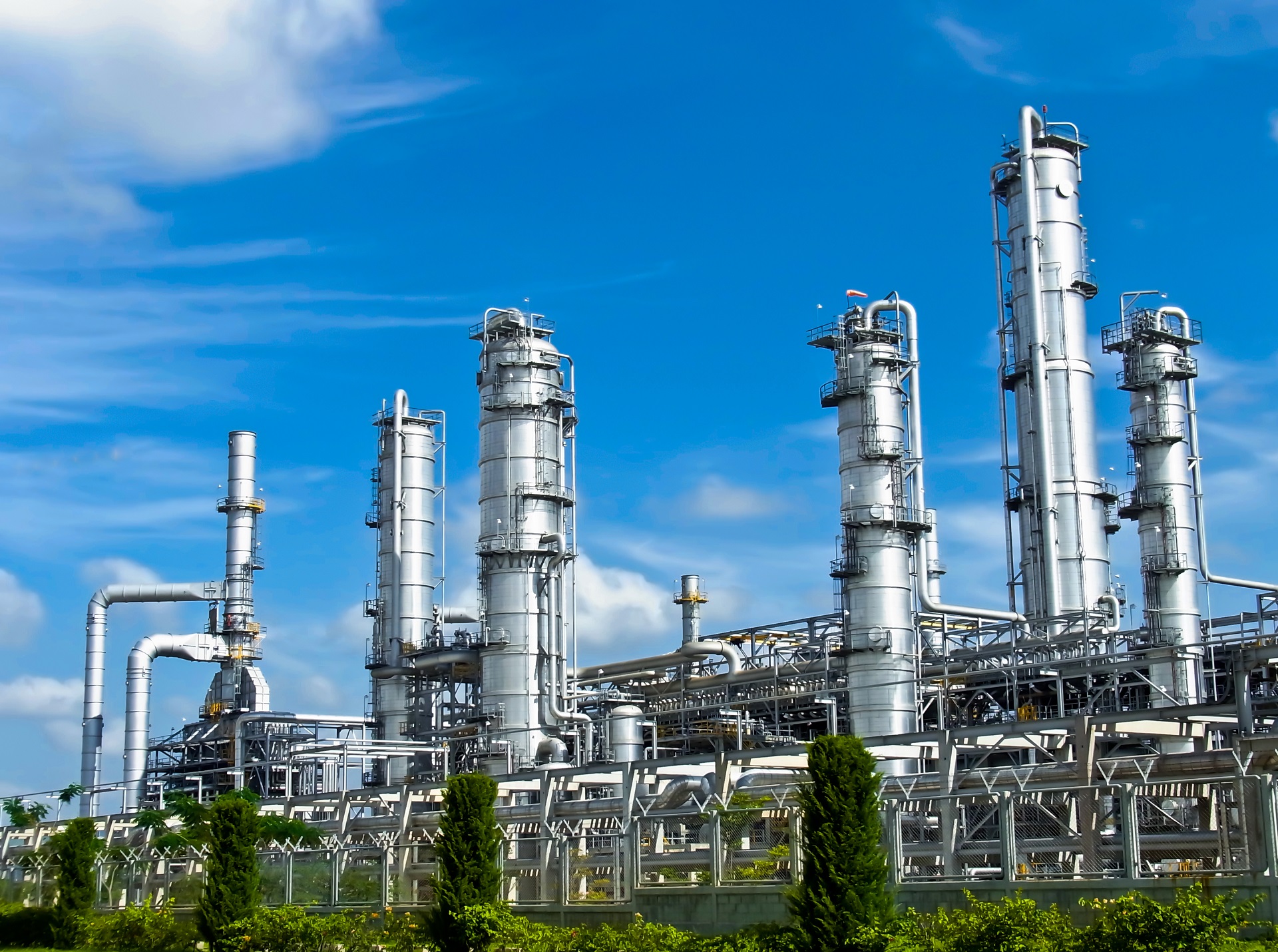Chemical energy, a fundamental component of our modern energy landscape, powers everything from industrial processes to everyday household appliances. While its applications are vast and varied, the safety concerns associated with chemical energy are equally significant and multifaceted. This article delves into the critical safety issues surrounding chemical energy, exploring the potential hazards, regulatory frameworks, and best practices for mitigating risks.
Understanding Chemical Energy and Its Applications
Chemical energy is stored in the bonds of chemical compounds and is released during chemical reactions. This energy is harnessed in various forms, including fuels like gasoline, natural gas, and coal, as well as in batteries and other energy storage systems. The versatility of chemical energy makes it indispensable; however, its inherent risks necessitate a thorough understanding of safety concerns.
Key Safety Concerns in Chemical Energy
- Toxicity and Exposure Risks
- Many chemicals used in energy production and storage are toxic. Exposure to hazardous substances can occur through inhalation, skin contact, or ingestion. For instance, the combustion of fossil fuels releases harmful pollutants, including carbon monoxide and particulate matter, which pose serious health risks to workers and nearby communities.
- Mitigation Strategies: Implementing stringent safety protocols, regular monitoring of air quality, and providing personal protective equipment (PPE) can significantly reduce exposure risks.
- Flammability and Explosiveness
- Chemical energy sources, particularly hydrocarbons, are highly flammable. Accidental spills, leaks, or improper handling can lead to fires or explosions, resulting in catastrophic consequences. The 2010 Deepwater Horizon oil spill and the 2003 Texas City Refinery explosion are stark reminders of the potential dangers.
- Mitigation Strategies: Employing proper storage techniques, conducting regular maintenance checks, and training personnel in emergency response can help prevent such incidents.
- Environmental Impact
- The extraction, processing, and use of chemical energy can have detrimental effects on the environment. Oil spills, chemical leaks, and greenhouse gas emissions contribute to pollution and climate change, posing long-term risks to ecosystems and human health.
- Mitigation Strategies: Transitioning to cleaner energy sources, implementing stricter environmental regulations, and promoting sustainable practices can help minimize the ecological footprint of chemical energy.
- Regulatory Compliance and Standards
- The chemical energy sector is subject to a myriad of regulations aimed at ensuring safety and environmental protection. Compliance with standards set by organizations such as the Occupational Safety and Health Administration (OSHA) and the Environmental Protection Agency (EPA) is crucial.
- Mitigation Strategies: Regular audits, employee training, and adherence to best practices can ensure compliance and enhance safety.
- Storage and Transportation Hazards
- The storage and transportation of chemical energy sources pose significant risks. Accidents during transport, such as derailments or spills, can lead to widespread contamination and harm to public health.
- Mitigation Strategies: Utilizing advanced containment systems, conducting risk assessments, and ensuring proper training for transportation personnel can mitigate these risks.
Best Practices for Enhancing Safety in Chemical Energy
- Risk Assessment and Management
- Conducting thorough risk assessments is essential for identifying potential hazards associated with chemical energy. This process should involve evaluating the likelihood and impact of various risks and implementing appropriate management strategies.
- Employee Training and Awareness
- Regular training programs for employees on safety protocols, emergency response, and hazard recognition can significantly reduce the likelihood of accidents. Fostering a culture of safety within organizations is crucial.
- Investment in Technology
- Advancements in technology can enhance safety in the chemical energy sector. For example, the use of sensors for leak detection, automated monitoring systems, and advanced materials for storage can reduce risks.
- Emergency Preparedness
- Developing comprehensive emergency response plans is vital for minimizing the impact of accidents. Regular drills and simulations can prepare personnel to respond effectively to emergencies.
Conclusion
While chemical energy remains a cornerstone of our energy infrastructure, the associated safety concerns cannot be overlooked. By understanding the risks and implementing robust safety measures, we can harness the benefits of chemical energy while protecting human health and the environment. As we move towards a more sustainable energy future, prioritizing safety in the chemical energy sector will be paramount in ensuring a secure and resilient energy landscape.


